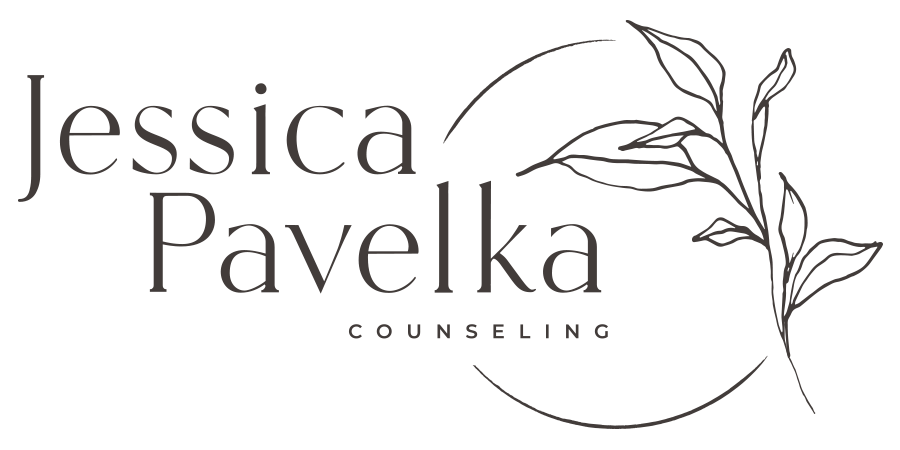A Simple and Fun Meditation for Anyone
Research suggests that regular practice of meditation has been shown to provide benefits for mental well-being and the prevention of depression relapse.
Before COVID-19, the prevalence of mental illness among adults has increased. In 2017-2018, 19% of adults experienced a mental illness, an increase of 1.5 million people over last year’s dataset [1]. This gives more reason why meditation should be simple and accessible to all.
Several factors contribute to meditation’s helpfulness with stress. For instance, once you establish a healthy meditation practice, you can elicit the relaxation response, a physiological function crucial for reducing stress and aiding in psychological healing.
The following meditation will improve your mood and ultimately enhance your overall well-being.
Have You Ever . . .
— Drifted slowly awake and lain there in a delicious restfulness for a few moments before opening your eyes?
— Looked at the night sky and felt utter wonder at the vastness?
— Merged so deeply with the melody and rhythm of the music you love that your sense of self disappeared in the ocean of sound?
— Inhaled a smell so delicious, perhaps your favorite dish when you were really hungry, that you almost swooned?
— Sat by a river, conscious of its steady flow, and entered into a sense of stillness?
— Been so in love that your heart seemed to turn to light?
. . .Then you have
already experienced meditative awareness. These are all spontaneous experiences, typically lasting from a few seconds to a few minutes. Attention expands beyond its confines and touches something greater, something of the essence of life. Human beings have been experiencing these sorts of things since before there was a language to speak of them. [2]
7-Day Living Meditation
by Lorin Roche, PhD
For the next seven days, do something you love for 20 minutes in the morning and 20 minutes in the evening. This could be anything:
Taking a walk
Looking at art or doing art
Listening to music
Dancing
Stretching or doing yoga
Watching comedy
Napping
Cooking or eating something yummy
Memorizing a poem or reading poetry
This exercise aims to develop the pattern, or the habit, of intentionally giving yourself 20 minutes of pleasure in the morning and in the evening.
You want to develop the foundation for meditation to be associated with pleasure, freedom, and effortlessness.
After each session, write down in your meditation journal how you feel and what you notice. You could describe through a picture, a poem, or any way that inspires you — get creative! [2]
Meditation can be the most natural thing you know —
What is Instinctive Meditation?
The Instinctive Meditation™ approach is a way of learning and practicing meditation so that it becomes the most natural thing in the world for you– a chance to rest deeply, reclaim your love of life, release tension, and emerge refreshed after a few minutes.
The approach is grounded in the ancient yoga tradition as represented in the Vijnana Bhairava Tantra and in the last 50 years of scientific research on the physiology of meditation.
The Vijnana Bhairava Tantra is a classic yoga meditation text from around 800 AD, which Dr. Lorin Roche has translated as The Radiance Sutras. His text describes 112 different doorways into meditative experience, allowing individuals to find what works for them. [2]
Do you find yourself asking, how can I practice more of this?
If this is you, reach out and book a 1:1 coaching session!
Sources:
1. https://www.mhanational.org/issues/state-mental-health-america


